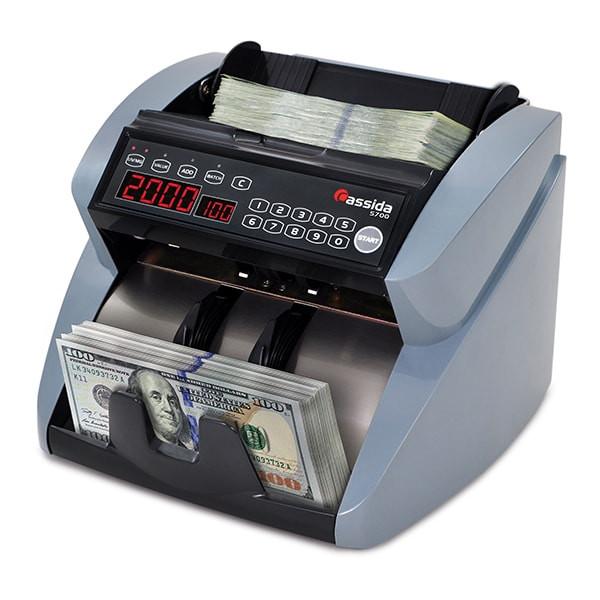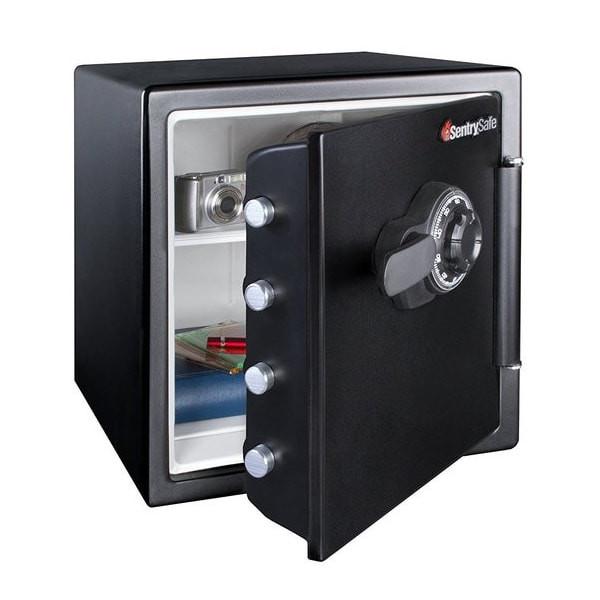The Expenses of Counterfeit Money

Have you ever thought about how much counterfeiting really costs? No, it’s not a pun. Counterfeiting costs a lot – and not just in terms of money spent. Counterfeiting costs jobs, tax revenue and even lives in some cases. Counterfeiting affects everyone and the consequences are huge – encompassing both economical and sociological costs. We’ll explore just what happens when counterfeiting happens and what the real numbers are – as well as some solutions to the problem. When counterfeiting happens, the one doing the counterfeiting wins, but everyone else loses.
The Forms of Counterfeiting
Counterfeiting takes many forms. Most people think of money when they consider counterfeiting, but that is just a part of the industry. Everything from consumer electronics to designer clothes is being counterfeited. Even products you wouldn’t expect to be counterfeited suffer from the damage this industry is causing. Business Insider estimates that more than $220 billion is lost each year from the practice and a report by The Federal Reserve estimates that nearly $70 million-$200 million in fake money could be in circulation at any time. It kind of makes you want to check your wallet and make sure you haven’t been victimized yourself, doesn’t it?

The Economic Cost of Counterfeiting
What is the real economic cost of counterfeiting? It is difficult to measure something that spans so far and wide but there are some numbers that tell part of the story. Just in New York City alone, $23 billion of counterfeit products are sold, taking money away from local businesses selling a legitimate product, which in turn affects the designers, manufacturers and everywhere in between. The citizens of New York suffer as well. Almost a billion dollars in tax revenue are gone thanks to counterfeiting and selling goods that bypass the tax system. Estimates are as high as $600 billion for counterfeit products worldwide with a staggering 7% of all products sold being counterfeit.
Switching to money instead of products, the New York Times reports that the United States Secret Service (an organization that was set up specifically to combat money counterfeiting) confiscated more than $81 million in United States currency in 2011; the organization also estimates that there are more than three billion counterfeit bills in circulation – mostly larger bills. Your chances of receiving a counterfeit bill are actually pretty high – 1 in about 400. Looking at these numbers, it is clear that the economic cost of counterfeiting – even if you completely disregard the products and look at the money only – is very high.
A single counterfeiting operation can produce tens of millions of dollars, with one of the biggest counterfeiters in history- Frank Bourassa having reportedly printed over $250 million in fake currency during his counterfeit operation.

The Sociological Cost of Counterfeiting
Of course, the monetary cost of counterfeiting isn’t the only thing to be aware of – there is also the sociological cost of counterfeiting. That’s the effect that the practice has on the world and on society in particular. Counterfeiting costs jobs, to start with.
Research shows that an estimated that there were nearly 750,000 jobs knocked out by the counterfeiting industry in the United States and of those, 160,000 do not find new jobs afterward. Lost tax revenue due to counterfeiting costs public services and even deaths can be attributed to counterfeiting due to things like fake medication that makes it ways into U.S. markets.
The internet has made this practice much easier due to auction sites like eBay that allow sellers to hide behind a username and offer no warranties with their sale items. Recently, an eBay user was arrested for selling counterfeit video products that taught children to read. The real product had a high success rate but the fake videos had no success rate but fooled customers into thinking the two products were from the same company.

Counterfeiting & Links to Terrorism
One of the scariest things about counterfeiting is that it has been linked to terrorism. In 2003, a man named Mohamad Hammoud was arrested for selling counterfeit cigarettes that had been smuggled into the country. He was recently resentenced to 30 years for his part in the counterfeit operation that funneled money directly in to the terrorist organization Hezbollah. Al Qaeda has also been linked to counterfeit goods such as colognes and perfumes.
Here at iTestCash, we believe in education for the consumer about counterfeit money and goods, and offering products to protect consumers from counterfeiting. Check out our homepage for more details about how you can protect yourself better.




Comments
Leave a comment